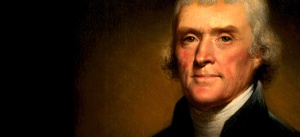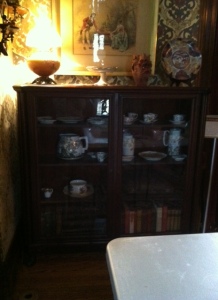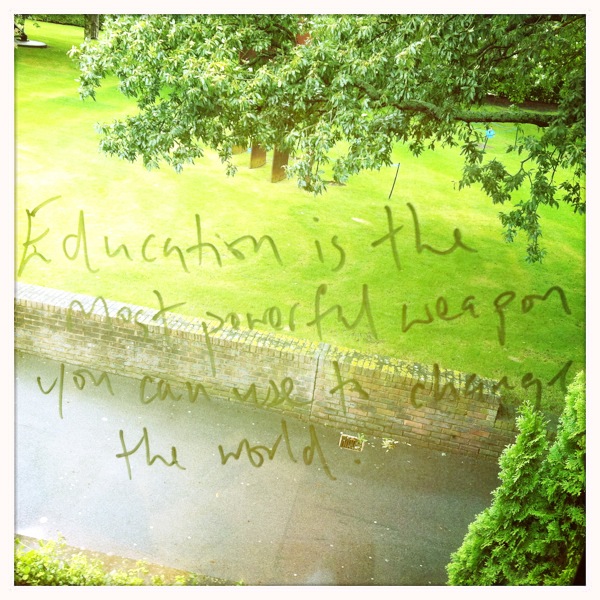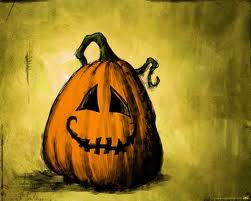Recently I have read a few articles about a variety of institutions of knowledge and what their role in today’s society could be. Institutions such as libraries and museums, most notably, have always filled a gap in access to education beyond the formal institutions, such as schools, colleges, and universities. They were not as informal as book clubs and reading circles which filled city taverns and coffee houses in the late eighteenth and first half of the nineteenth centuries, but they brought knowledge to a public that craved it.
Museums grew out of a fad popular with the wealthy all of the way back to the seventeenth century. Today, scholars often refer to this idea as a “Cabinet of Curiosities.” These cabinets were actually rooms dedicated to collections of things, often from distant civilizations or items of natural history. Thomas Jefferson was one of the most notable Americans to have this and still today, if you walk into Monticello, the hall is filled with Native American artifacts, antlers, and other interesting pieces to observe.
With the birth of a middle class in the Gilded Age this idea morphed into something an average person could own, a Curio Cabinet! Maybe you even have one in your own home. When you think of a “Victorian” style parlor, filled with old furniture and knick-knacks, you probably picture curio cabinets filled with interesting trinkets. More people had expendable income they could use on personal items for decorative purposes and they did just that.
At the same time, however, people were also craving leisure activities. These middle class Americans not only had expendable income, but they also had time! Not only were hours of employment now being regulated, but public utilities allowed people to stay up after the sun went down. Additionally, Americans were rapidly moving from an agrarian to an industrial life style, so they no longer worked their farms all day to go to bed and start again. Museums were created to meet the desires of this class of American who wanted to learn more (more Americans were literate than ever before!) in an “unofficial” environment. These were not adults deciding to go to college, but simply middle class people looking for ways to improve their intellect and, perhaps, fit into some of the higher society events. Keep in mind, however, that the large lower working class often still didn’t have access to these kinds of institutions.
Throughout the twentieth centuries, then, museums grew into a much more official learning setting. Academics came to rule over their institutions in a way that would often deter the casual visitor. They attracted scholars serious about studying their collections. By the 1980s, however, a movement had swept through America focused on including everyone. This came in part from the Civil Rights Movement, in part from historians focus on the stories of the unheard voices, and from many other corners of society. This led museums to reevaluate their role in society and focus on expanding the audience they saw themselves as serving. Of course, this was a slow process and it involved a “changing of the guard” in museum leadership, but that is how I can sit here today and write blogs and create fun programs for all to enjoy.
There is talk, however, of the role of the library and museum in a “Google” world. People can learn what they want, whenever they want, simply by pulling out their cell phones. It seems to me, however, that museums serve to connect ideas and people. We don’t provide a simple answer, but we connect the dots between artifacts, facts, and historical context. We can suggest the ways that things that happened in past affect the present and may affect the future. Additionally, we can connect people with similar interests, be they in history, in crafts, in learning, or in the community. Google can give you answers and, sometimes, they are correct, but we can bring everything together and be a positive force in the larger community.
Museums have come a long way, from being the hobby of a wealthy prince or statesman. Even though their audience was, for a time, limited and selective, they have blazed forward and can look upon the twenty-first century with creative and community-focused eyes.









